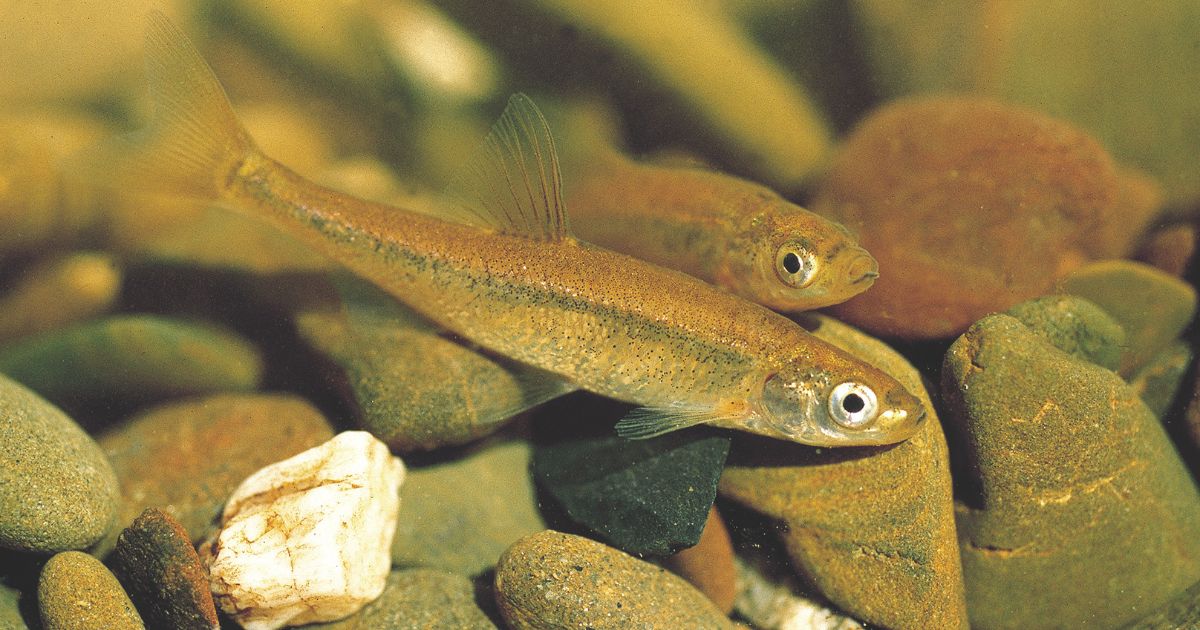Five ‘recently disappeared’ saramugo populations detected through environmental DNA
A study published in the journal Freshwater Biology has shown that five populations of saramugo (Anaecypris hispanica), hitherto considered extinct in Portugal, continue to leave genetic traces in various tributaries of the Guadiana. The data was obtained using an approach based on environmental DNA, which made it possible to detect the presence of the species with greater sensitivity than traditional methods.

The work is the result of a collaboration between researchers from MARE, ARNET, the Faculty of Sciences of the University of Lisbon, CIBIO/BIOPOLIS from the University of Porto, CE3C, MUHNAC, CEF from ISA, and ICNF. The study was coordinated by Ana Veríssimo (CIBIO/BIOPOLIS) and Filipe Ribeiro (MARE/ARNET), with funding from POSEUR, the Environmental Fund, FCT and Horizon 2020.
"The study made it possible to detect saramugo DNA in water samples with great precision. We carried out several analyses to ensure the robustness of the positive tests. We are confident in detecting the ‘recently disappeared’ populations," says Ana Veríssimo.
Carlos Carrapato, a senior technician at the ICNF, emphasizes: “In the monitoring carried out regularly since the beginning of the century, no specimens of the saramugo were ever captured, which pointed to its local extinction, and the aim of this study is to assess its persistence in these places.”
Sampling took place at 70 sites in the Guadiana basin in May 2022 and revealed positive results at 19 points - several of which were located in sub-basins where the species had not been detected for more than two decades. These new detections have significantly expanded the geographical parameters used to assess the risk of extinction, such as the area of occupation and the number of locations.
"The location of these positive tests is very consistent, and spatially coherent with the distribution of the species at the end of the last century. This means that the species is still there and that we should monitor all ten existing populations in Portugal. Monitoring should be done with this new technique, but also with scientific fishing, which has been used for several decades, because this is the only way we can determine the evolution of populations in the future," emphasizes Ana Veríssimo.
Filipe Ribeiro, from MARE/ARNET, who has been following this species since the beginning of its career, warns: "The saramugo continues to disappear and it is urgent to have an effective recovery plan for the species! It is essential that the Portuguese state commits to protecting and recovering this species, as it has done with other more charismatic species."
Filomena Magalhães, coordinator of the Red Book of Fishes, professor at FCUL and researcher at CE3C, adds: “Although the species' area of occurrence hasn't changed much since 2005, the five populations now detected are very fragile and will most likely not be viable in the medium term unless they are strengthened and their habitats recovered locally.”
Text by Vera Sequeira
Photo by Carlos Carrapato
